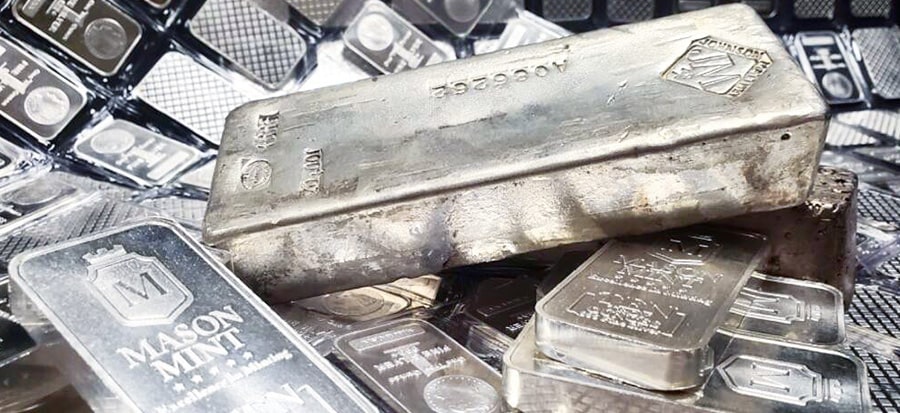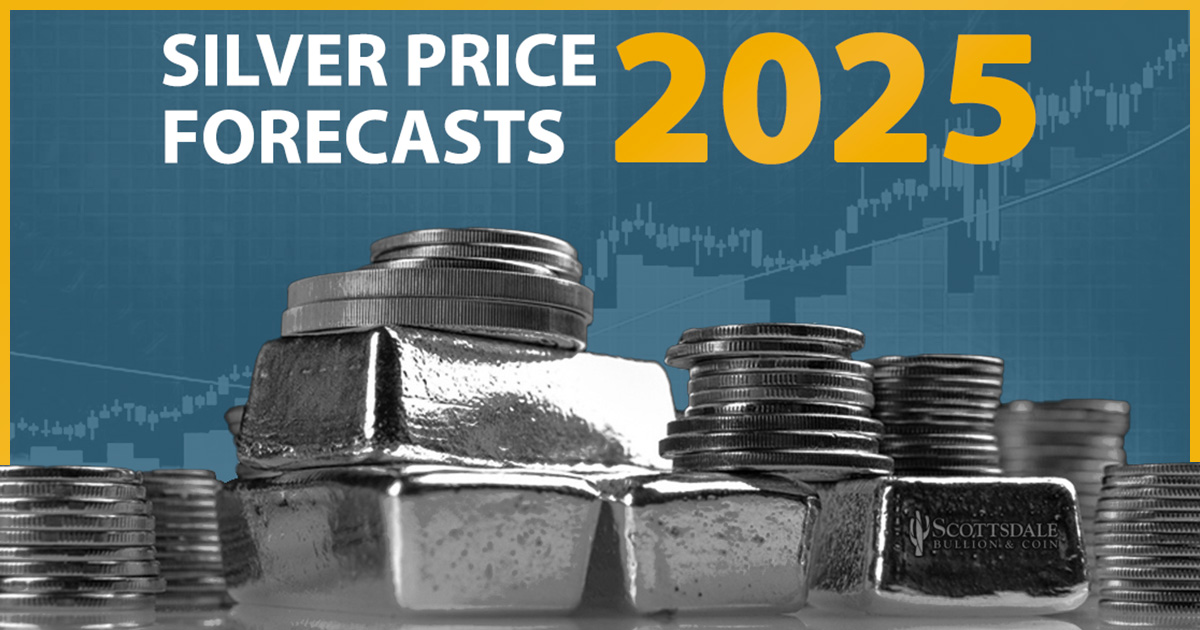Silver prices clocked a 21% gain in 2024, rallying to relative highs. Yet, experts see plenty of runway opening up for greater price action as the downstream effects of the incoming administration’s disruptive policies take shape. The looming threat of universal tariffs is upending the global silver supply, potentially exacerbating shortages, and setting silver prices for more growth. Silver futures in New York are already sitting higher than other international benchmarks.
Investors Are Moving Physical Metals to US
President-elect Trump’s sweeping tariff plan and the potential for reciprocal action from foreign countries are shaking up the precious metals industry. In anticipation of import taxes on metals, investors are preemptively relocating physical metals from London and other major venues to the US. While domestic exchanges such as COMEX are often used to trade futures contracts, physical bullion is primarily held in the London Bullion Market and other reputable places around the globe. The silver market is especially sensitive to this disruption due to its relatively small size and heightened volatility.
The onshoring of physical precious metals assets is done to proactively avoid tariffs which would severely diminish potential yields, especially for short positions. If implemented, metals held outside the US would be subject to an import tax when investors want to take physical ownership of their investments. This widespread shifting of physical assets away from major vaults is having the unintended consequence of drying up an already beleaguered silver supply.
A Potential Stockout
The rapid outflow of physical silver into the US could inadvertently result in a stockout when inventories fall below a crucial level. A shortage at one of the world’s largest vaults would have marketwide consequences including higher dealer premiums, longer wait times, and limited or no access to certain products. Daniel Ghali, senior commodity strategist at TD Securities, worries nobody is prepared.
Silver markets are sleepwalking into a potential stockout, challenging the market structure.–
Precariously, the silver market is already suffering from a massive deficit which means demand is exceeding supply. In fact, 2024 is the fourth consecutive year silver consumption has outpaced available resources. This demand is primarily driven by the shiny metal’s dual role as an industrial asset and precious metals investment. The quickest demand growth stems from the rapidly growing green sector as silver serves a crucial purpose in solar panels and other renewable technology.
Silver is “Undervalued”
The relocation of silver assets in reaction to Trump’s planned universal tariffs is a long-term boon to silver prices. As Ghali explains, “Silver is trading extremely cheaply relative to gold. From a long-term perspective, there’s a long way to go for silver only to catch up with gold’s price performance.” Silver is described as “undervalued” for two main reasons:
- The gold-to-silver ratio is 85:1 which is significantly higher than the average of between 50:1 and 70:11, meaning silver is relatively more affordable than its golden counterpart.
- The developing stockout hasn’t been factored into the silver spot price yet, leaving plenty of room to run.
How high could silver go?

Of all the factors influencing silver prices, the tension caused by severely depressed supply is poised to be a crucial catalyst in 2025. Outlining TD Securities’ prediction, Ghali posits:
We think silver is going to end the year closer to $40 an ounce—a substantial gain from today’s prices.
This expectation of a nearly 33% surge falls in line with market-wide silver price forecasts for 2025.
There is potential for explosive price action in silver if we meet that critical threshold





